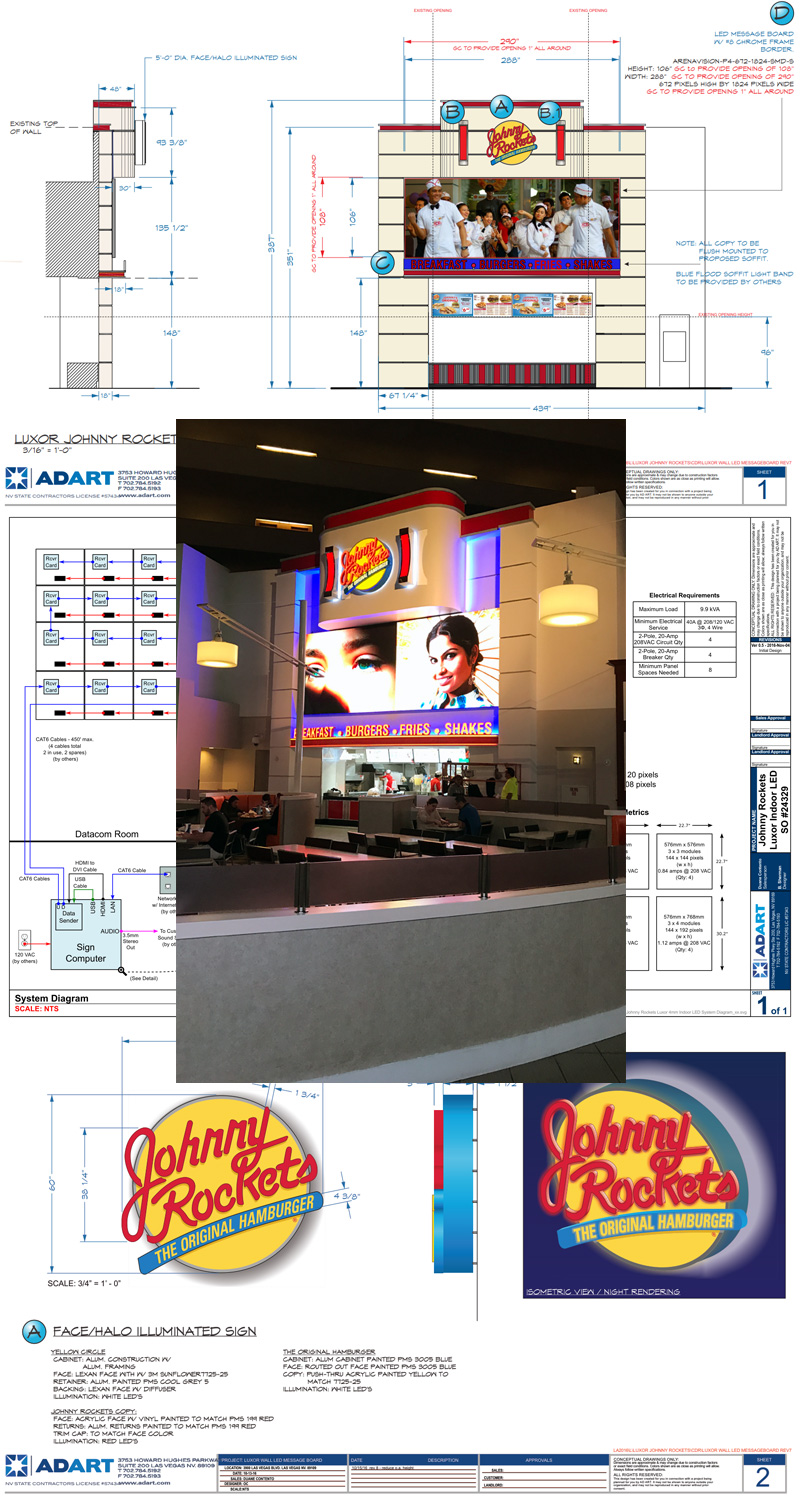Wall Signs/Cabinets
Self-enclosed units for quick and accessible installation and maintenance
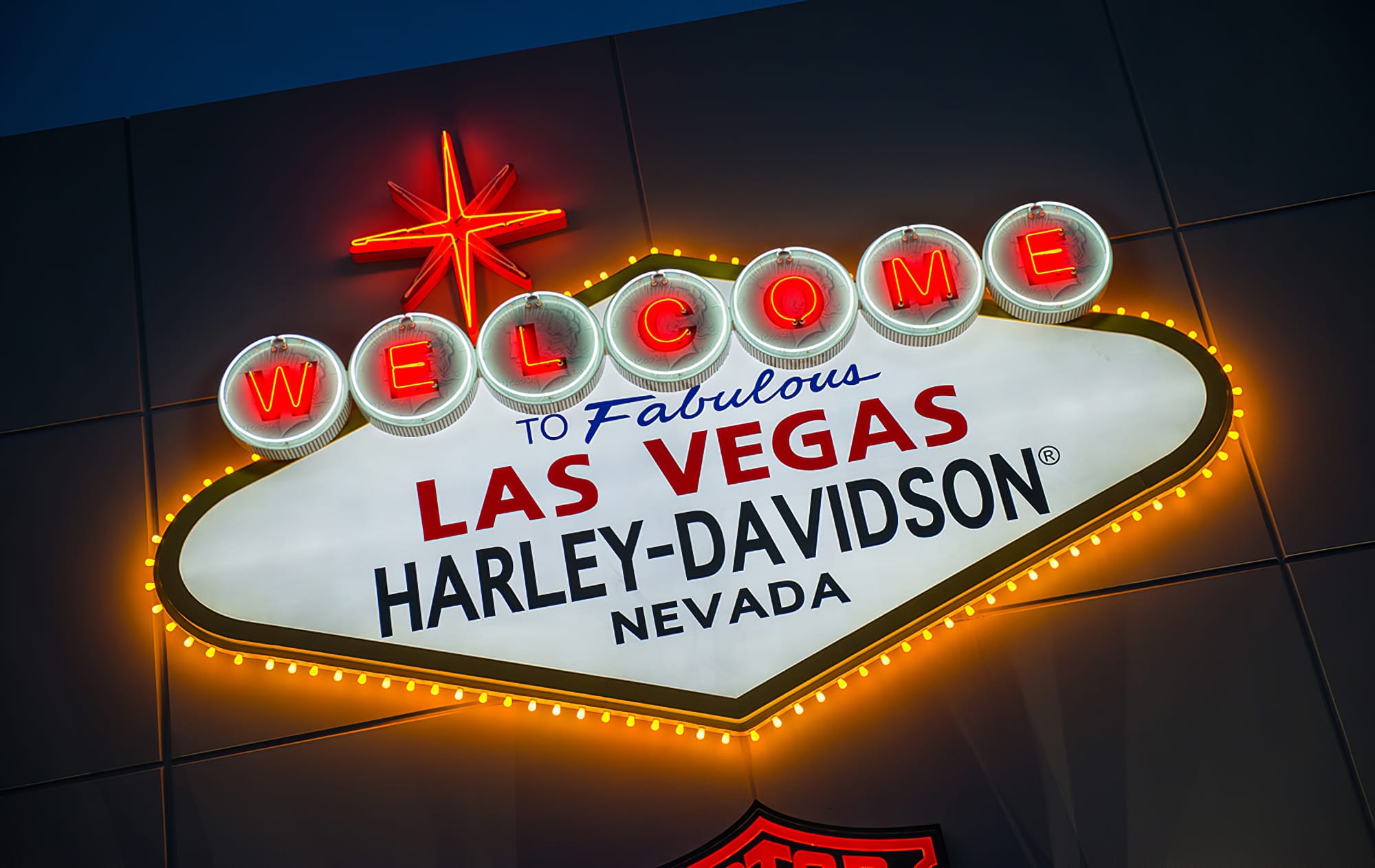
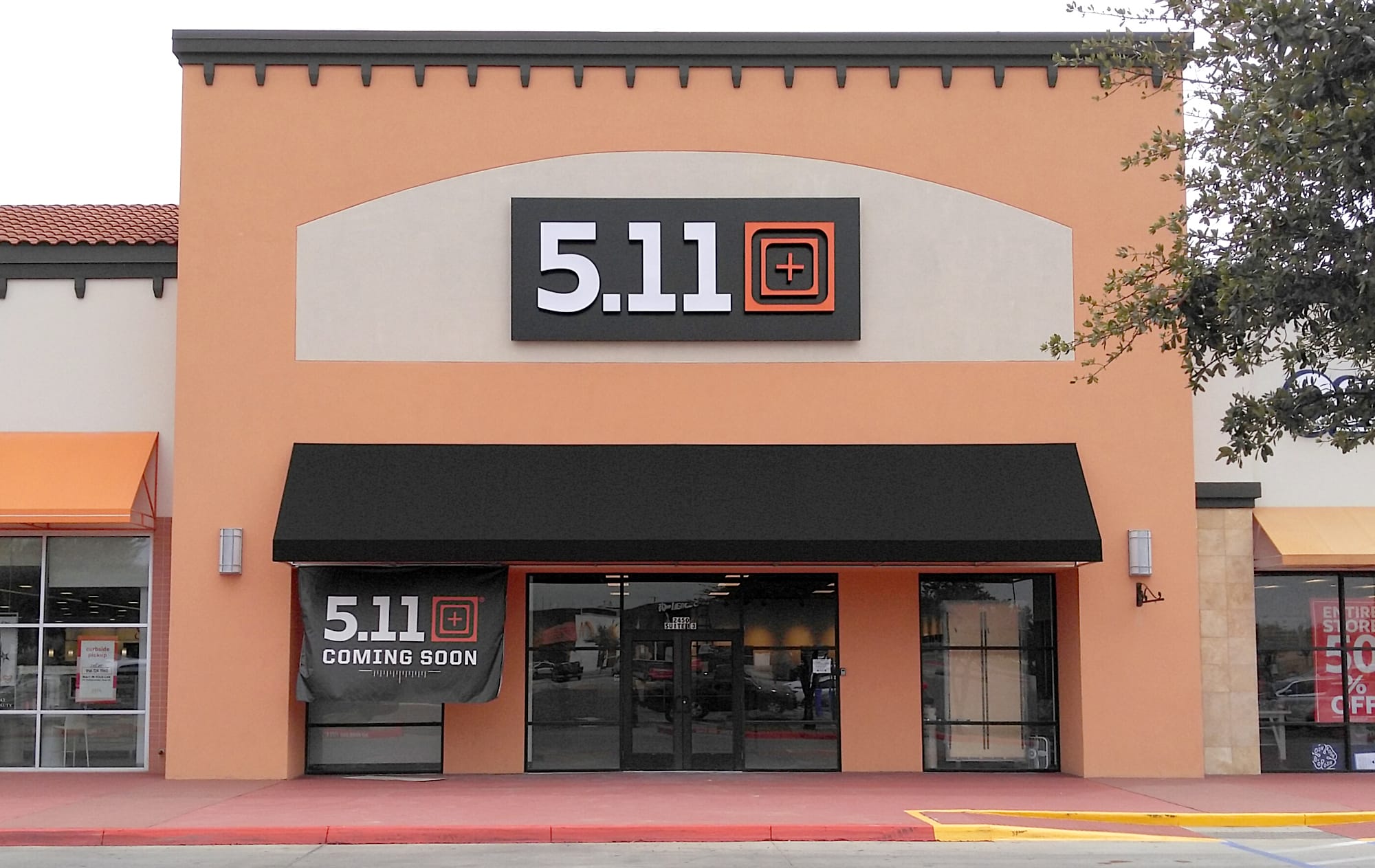
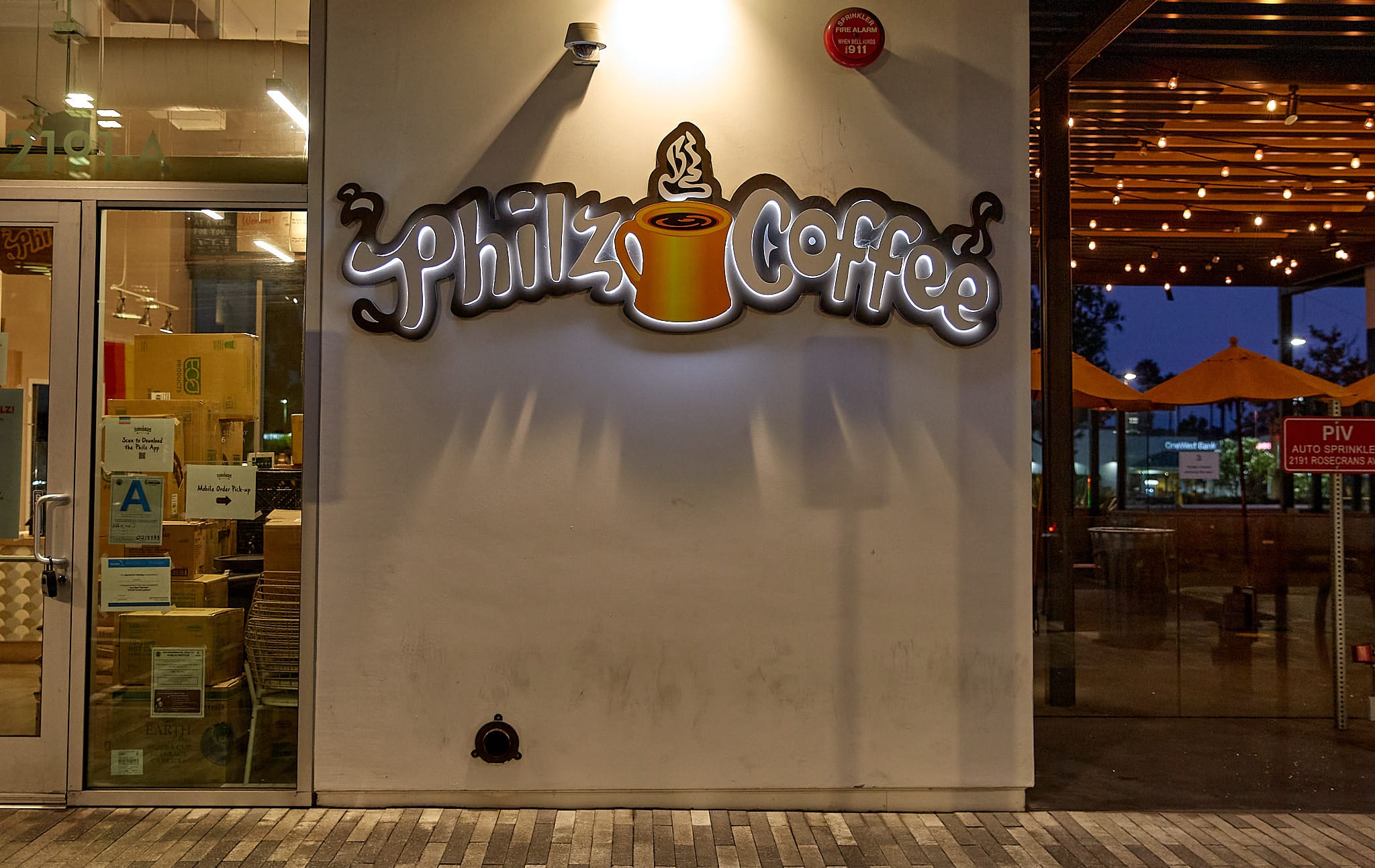
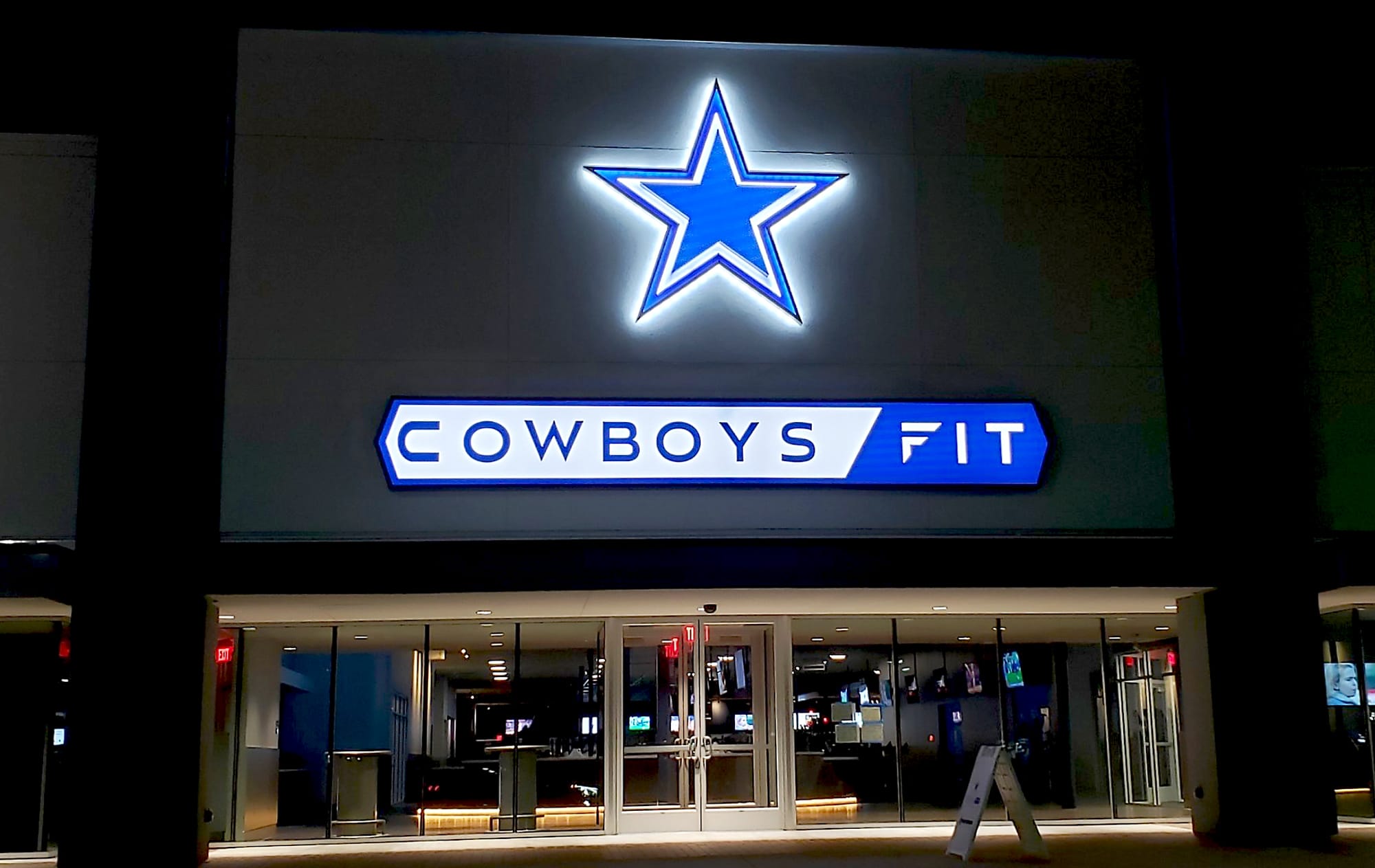
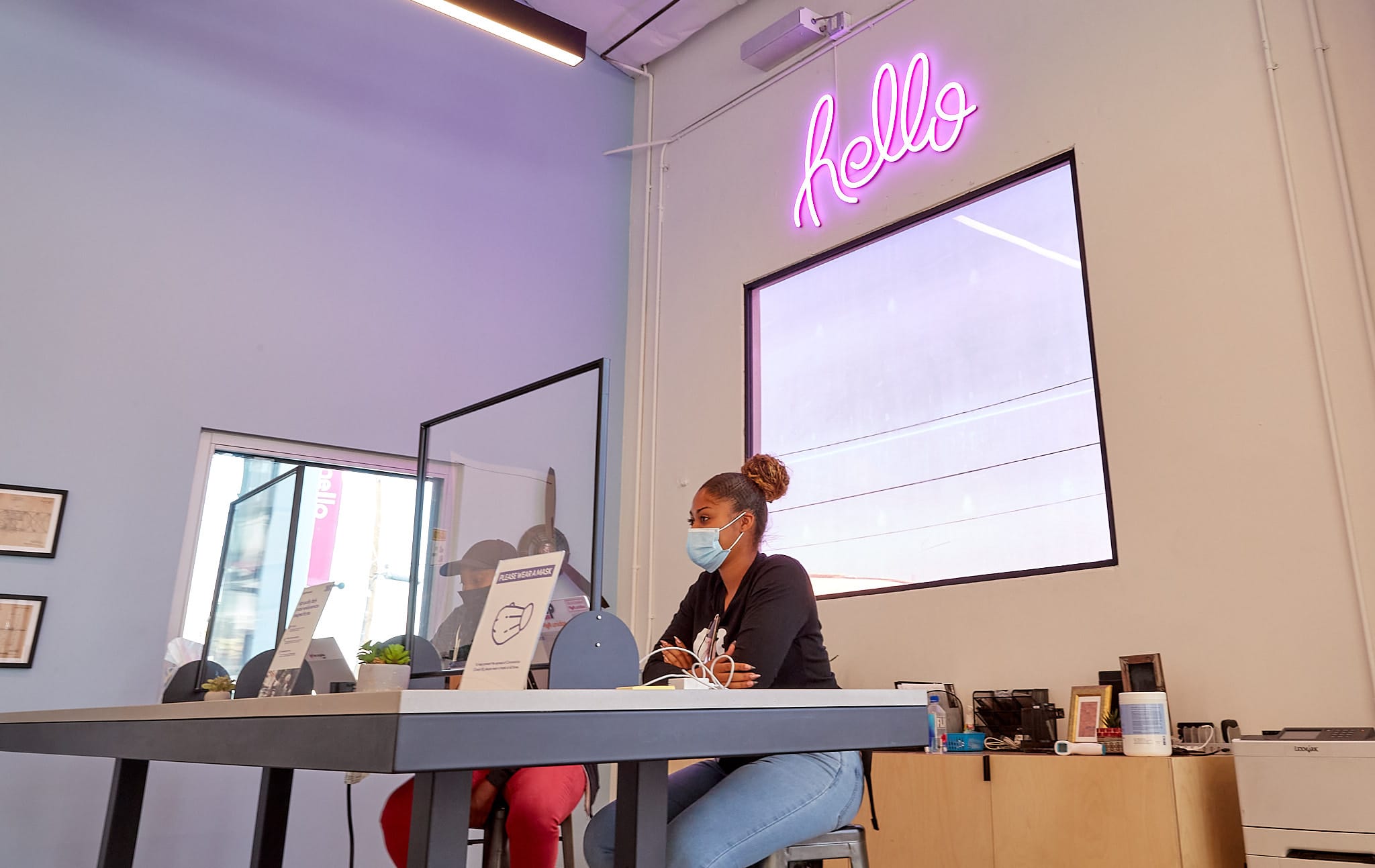
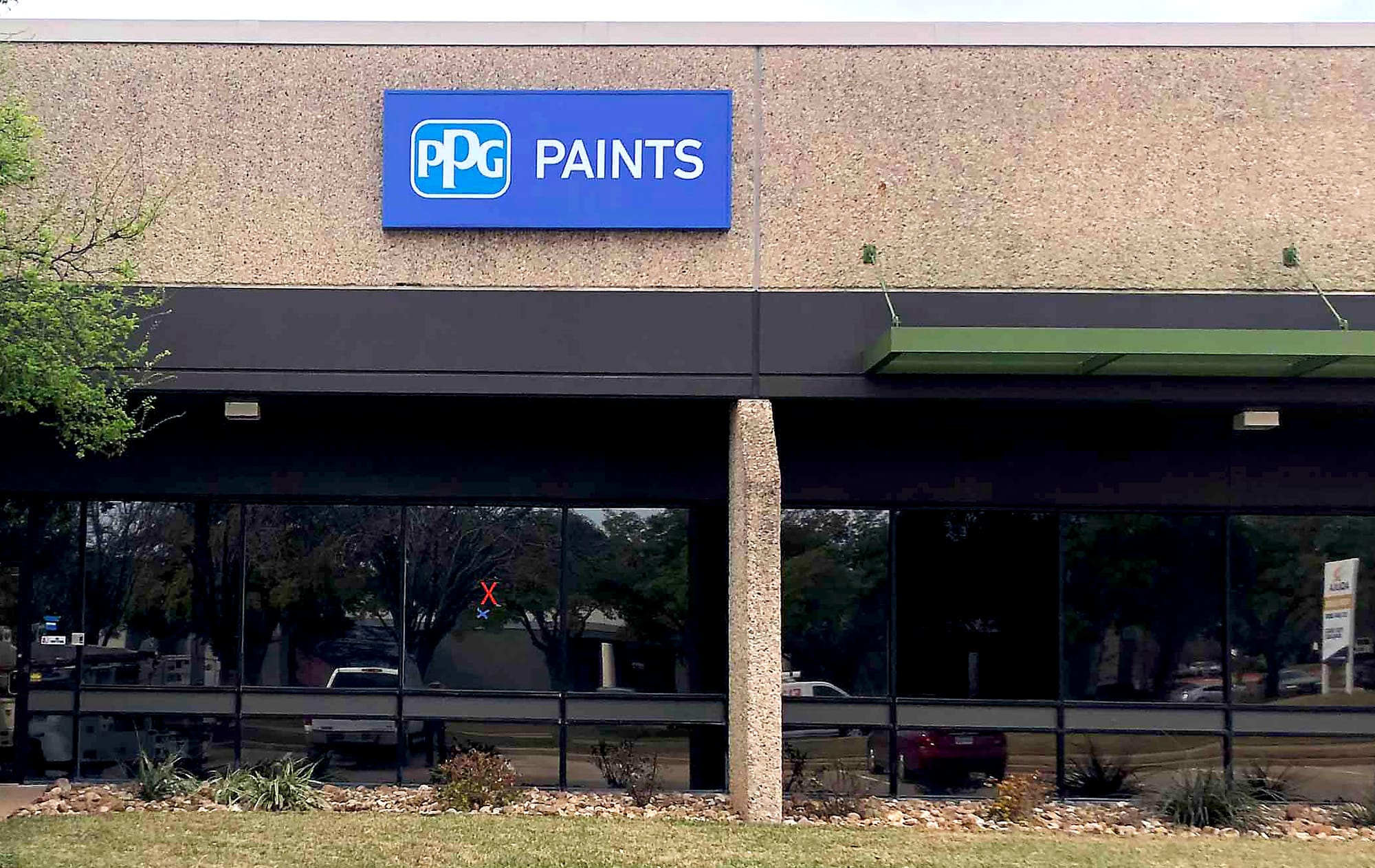
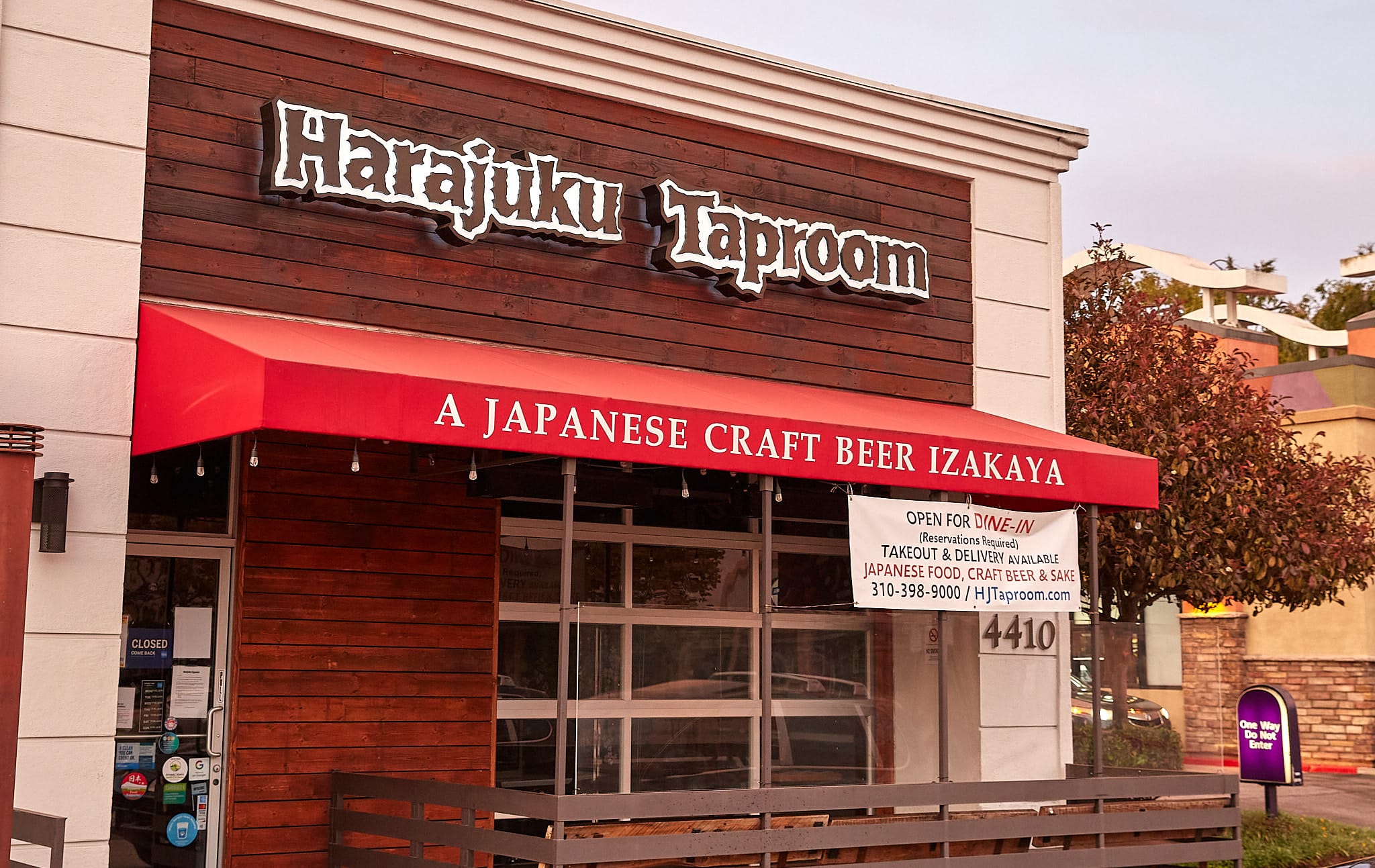
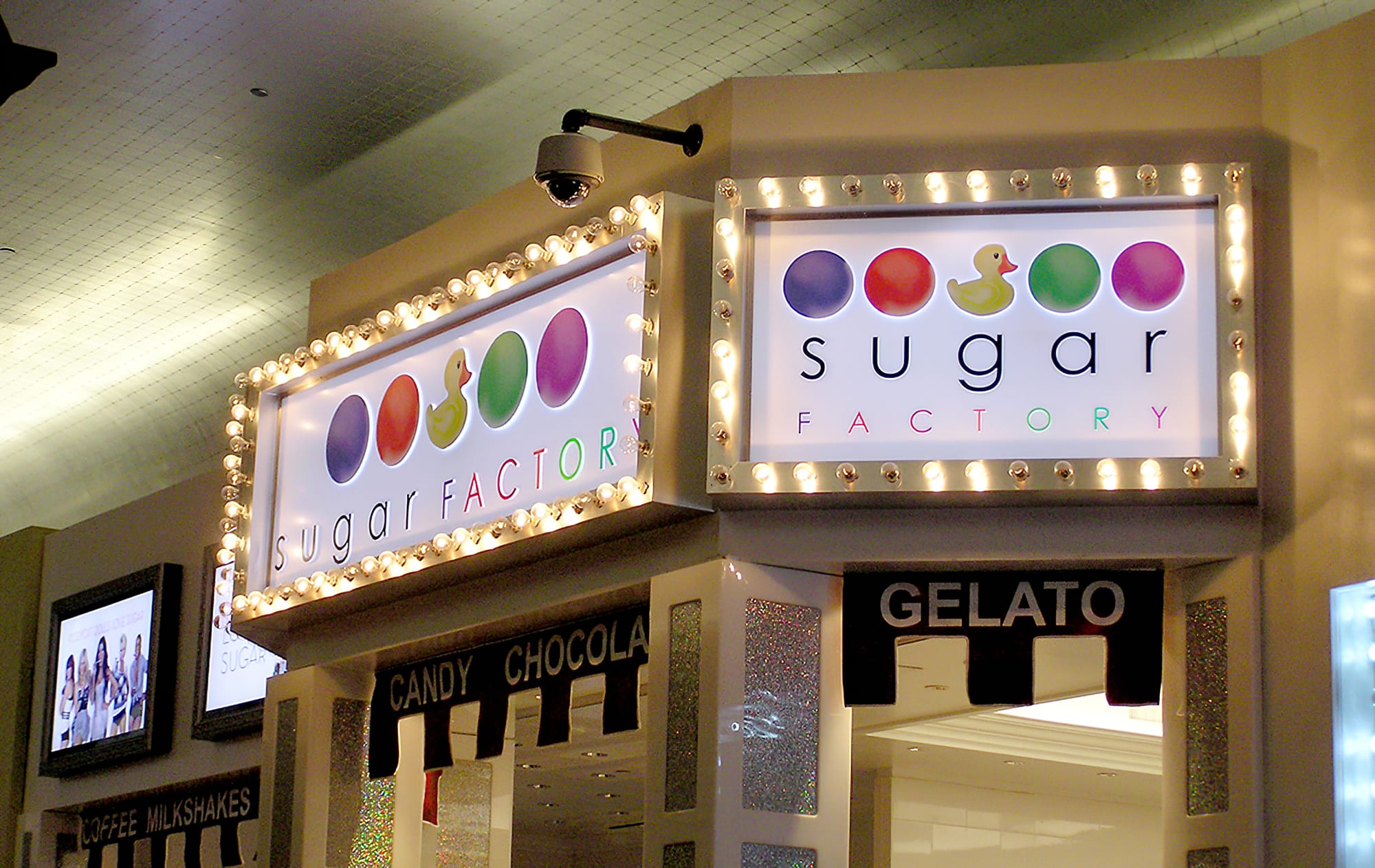
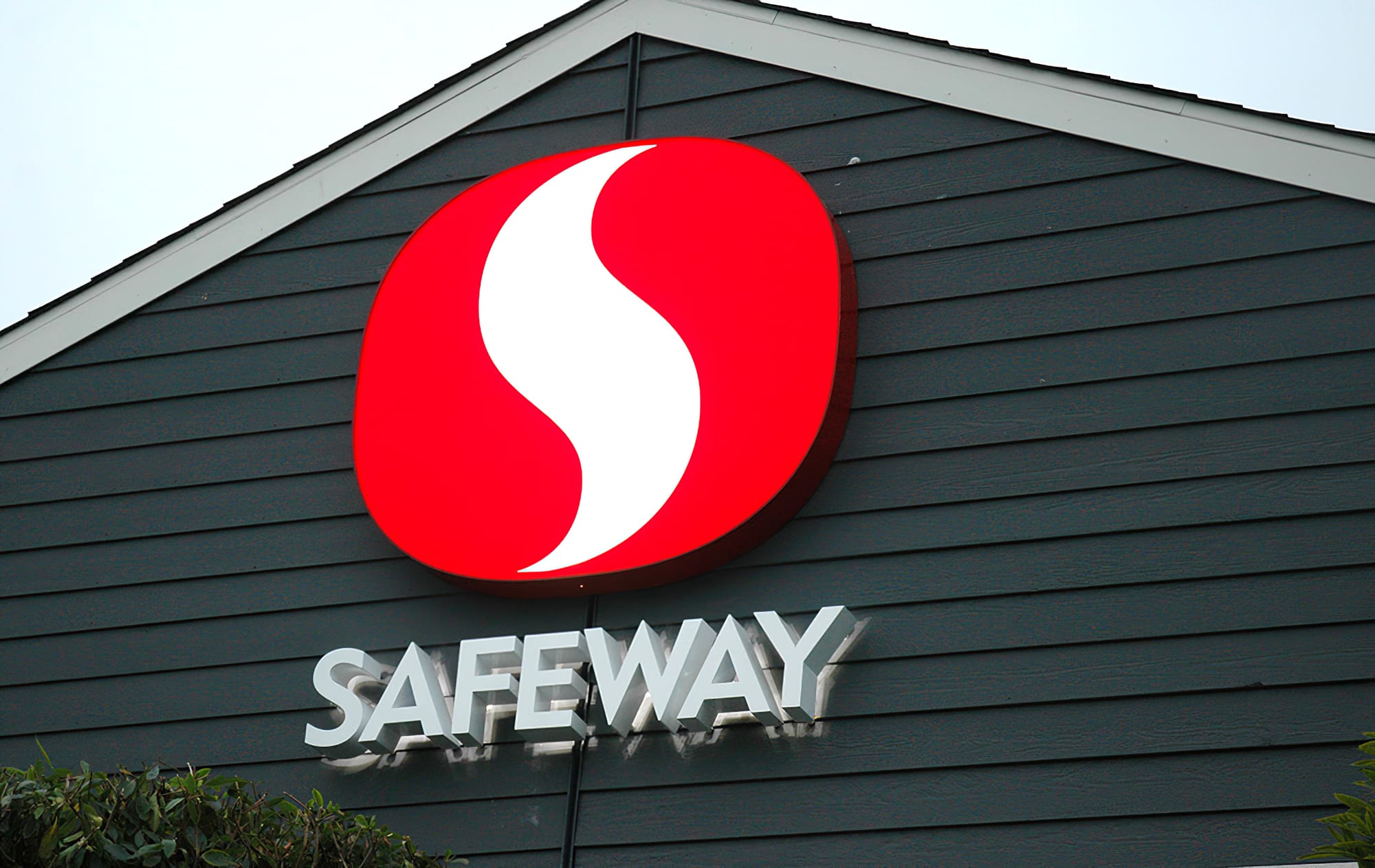
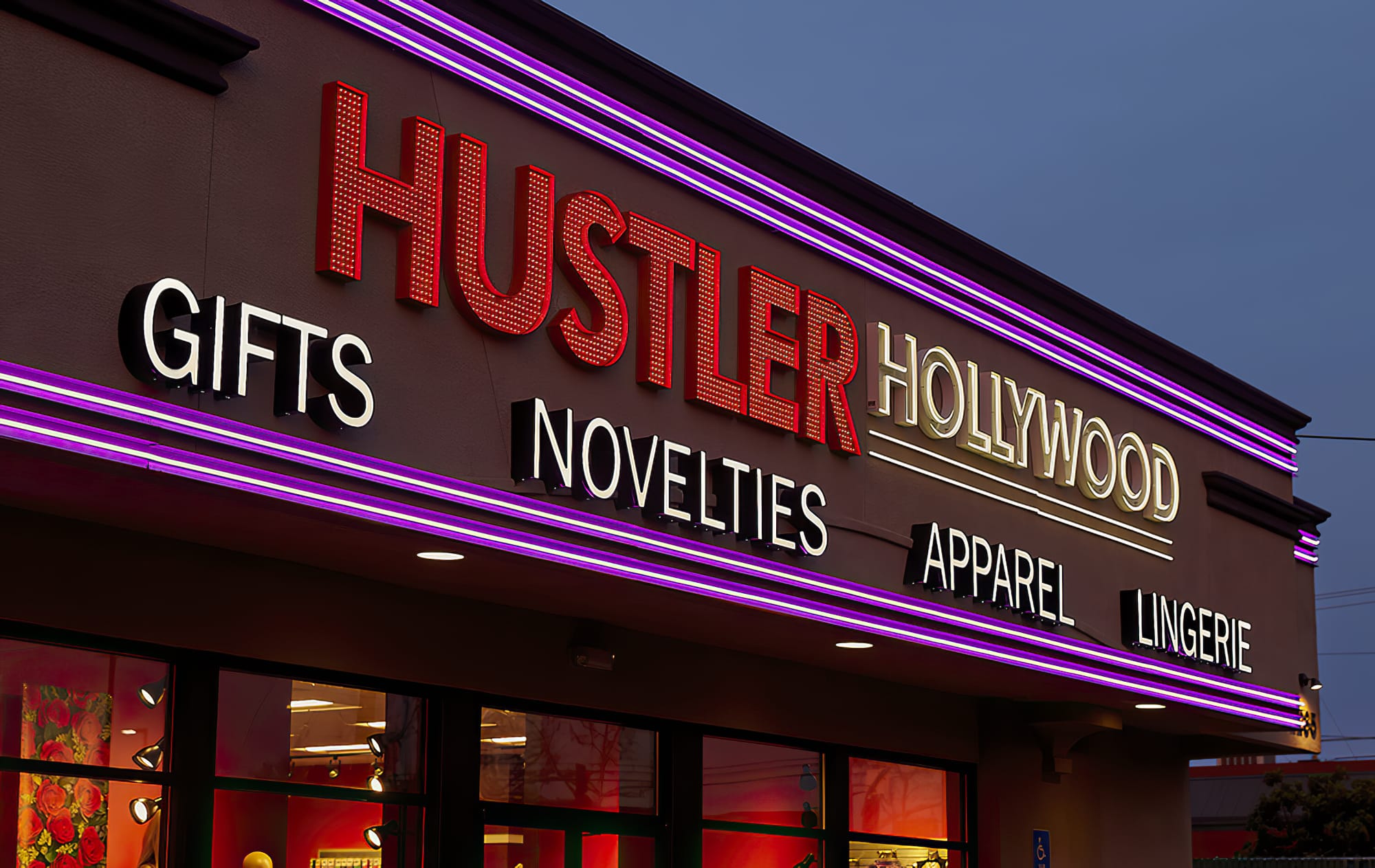
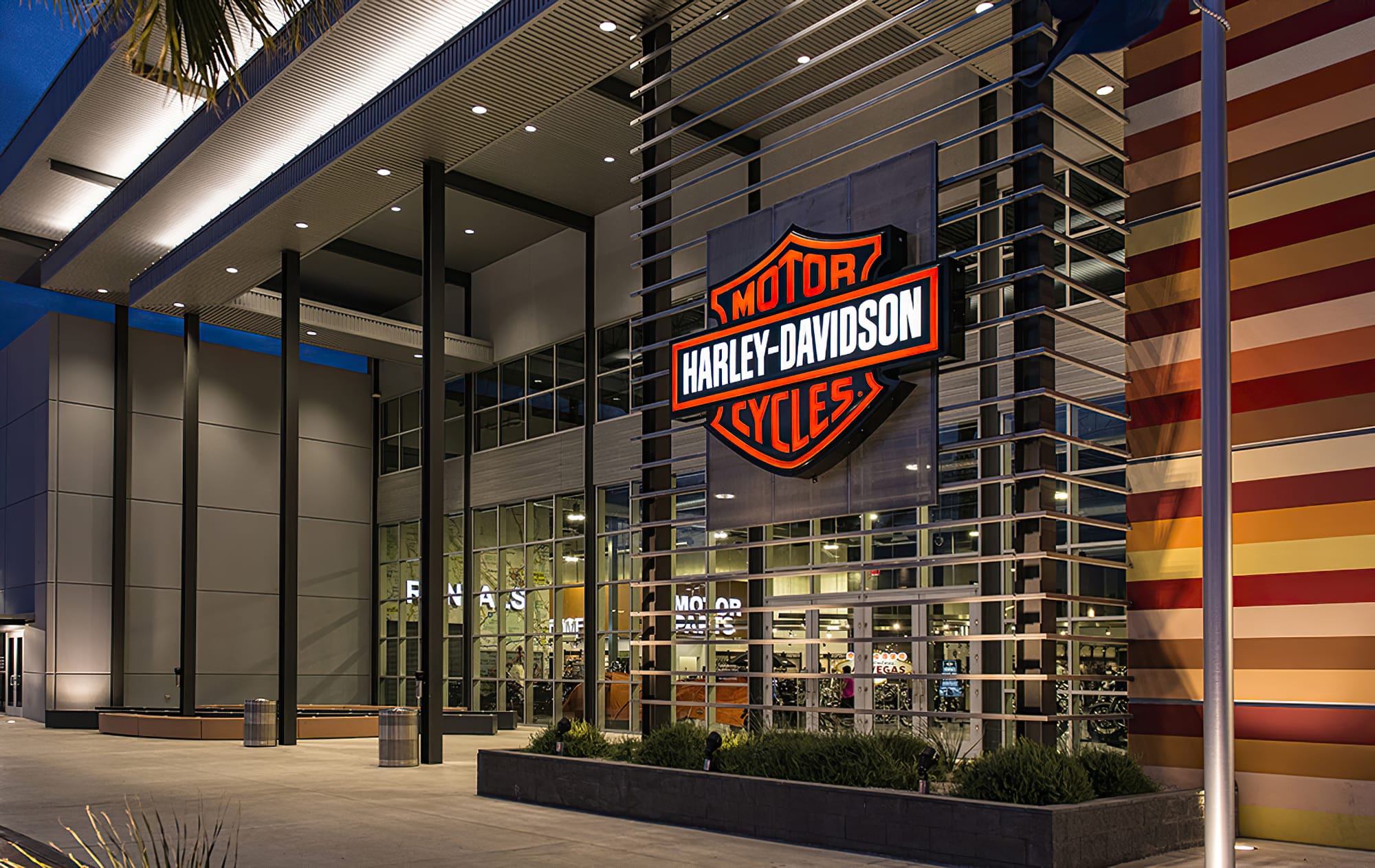
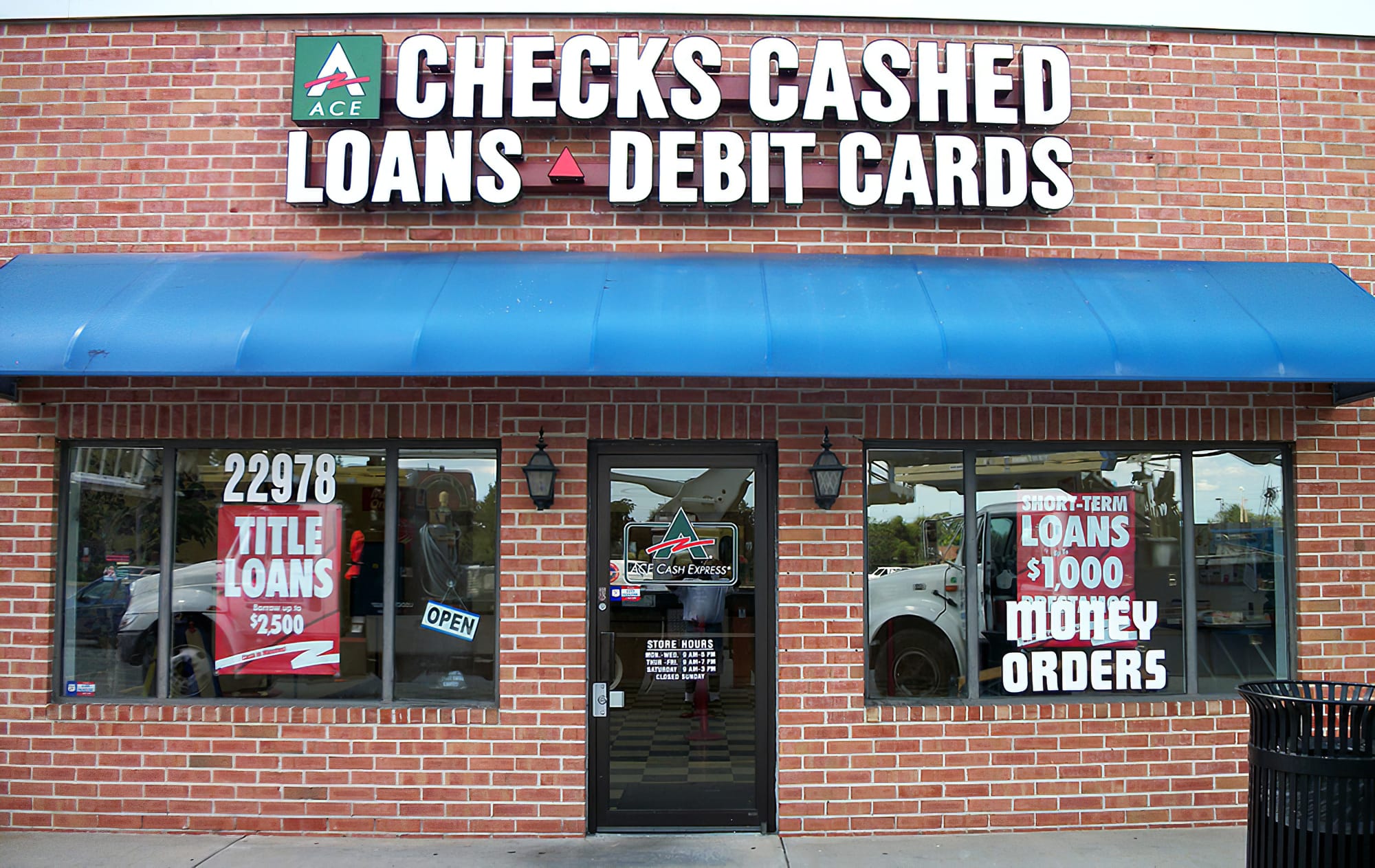
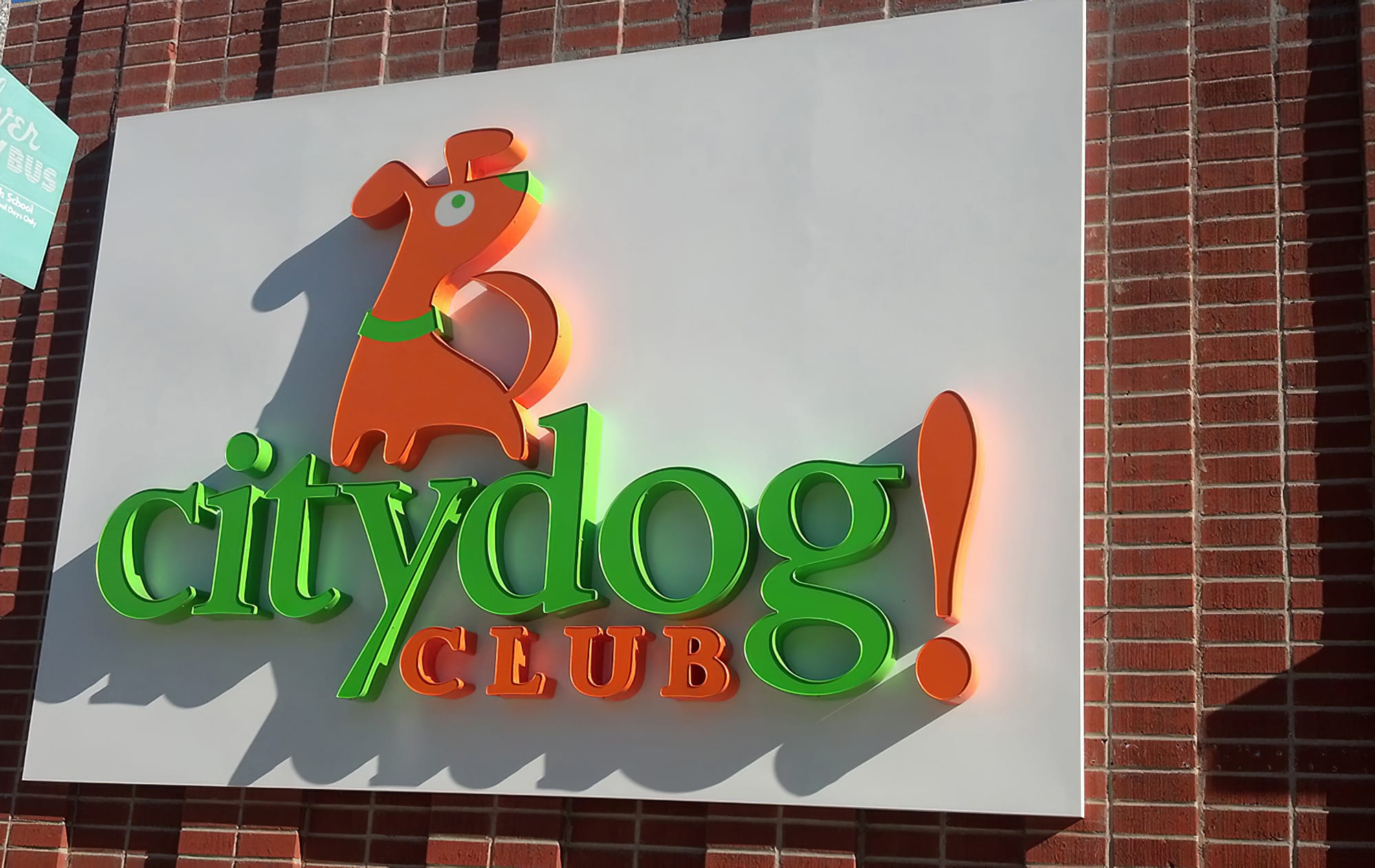
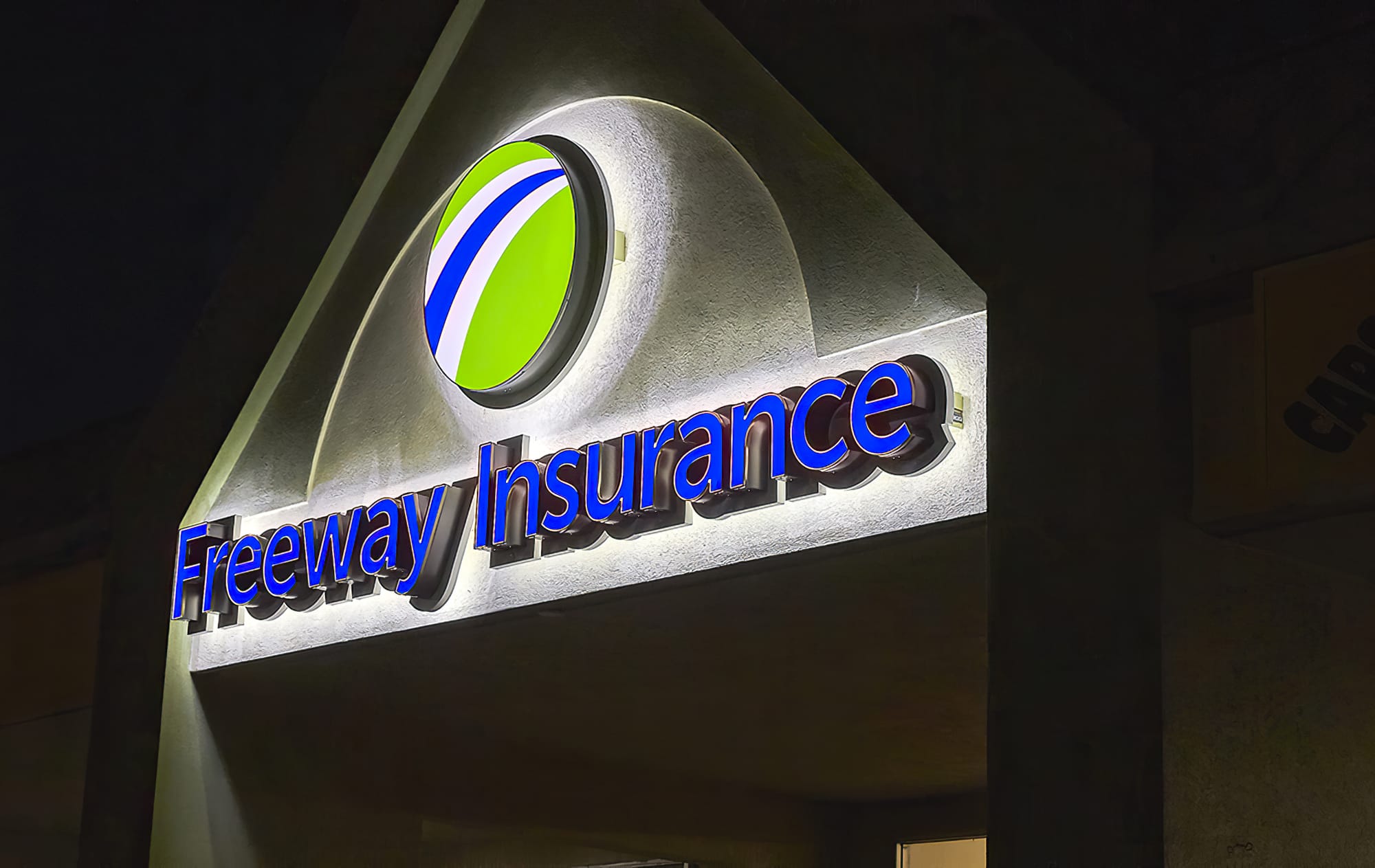
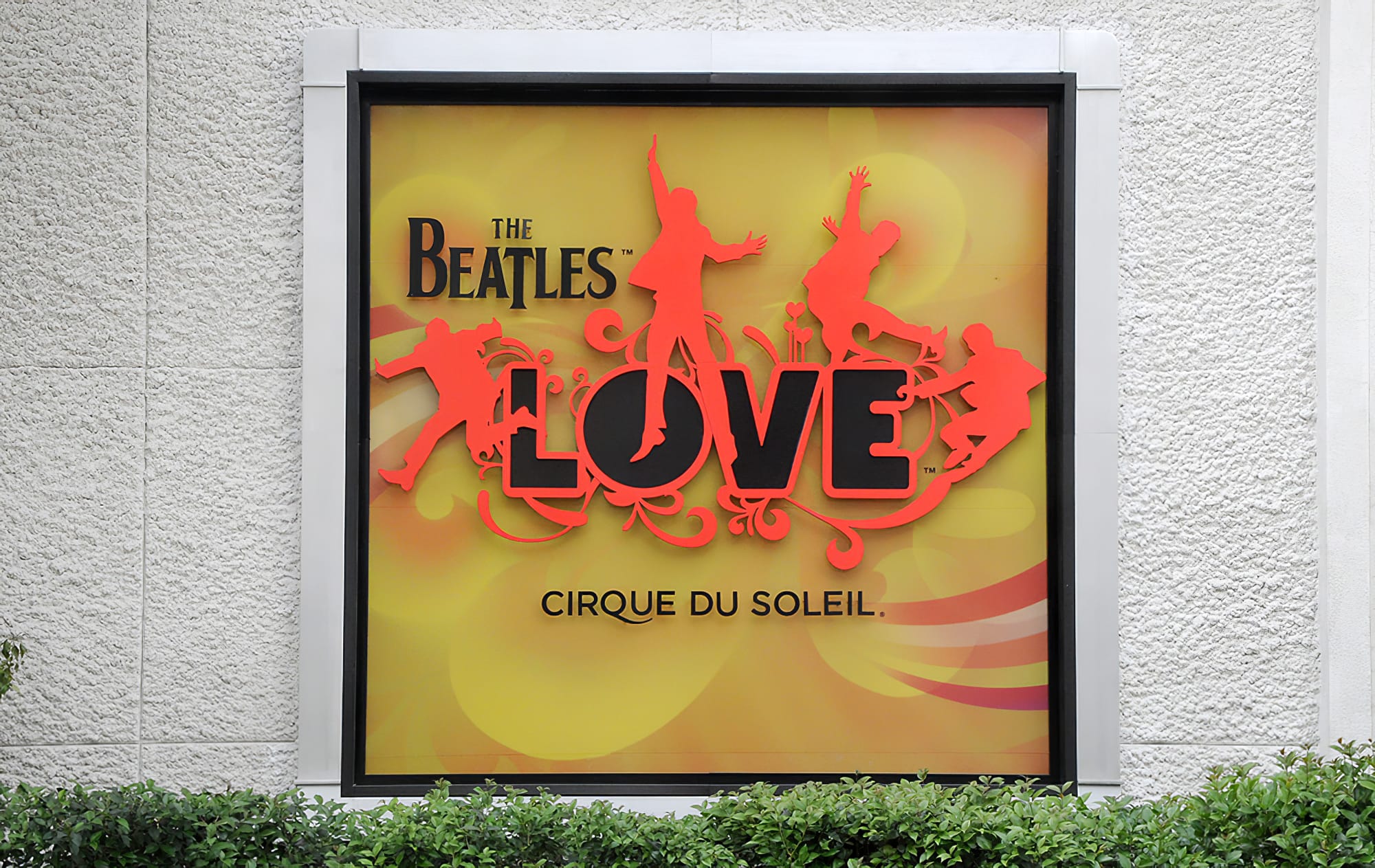
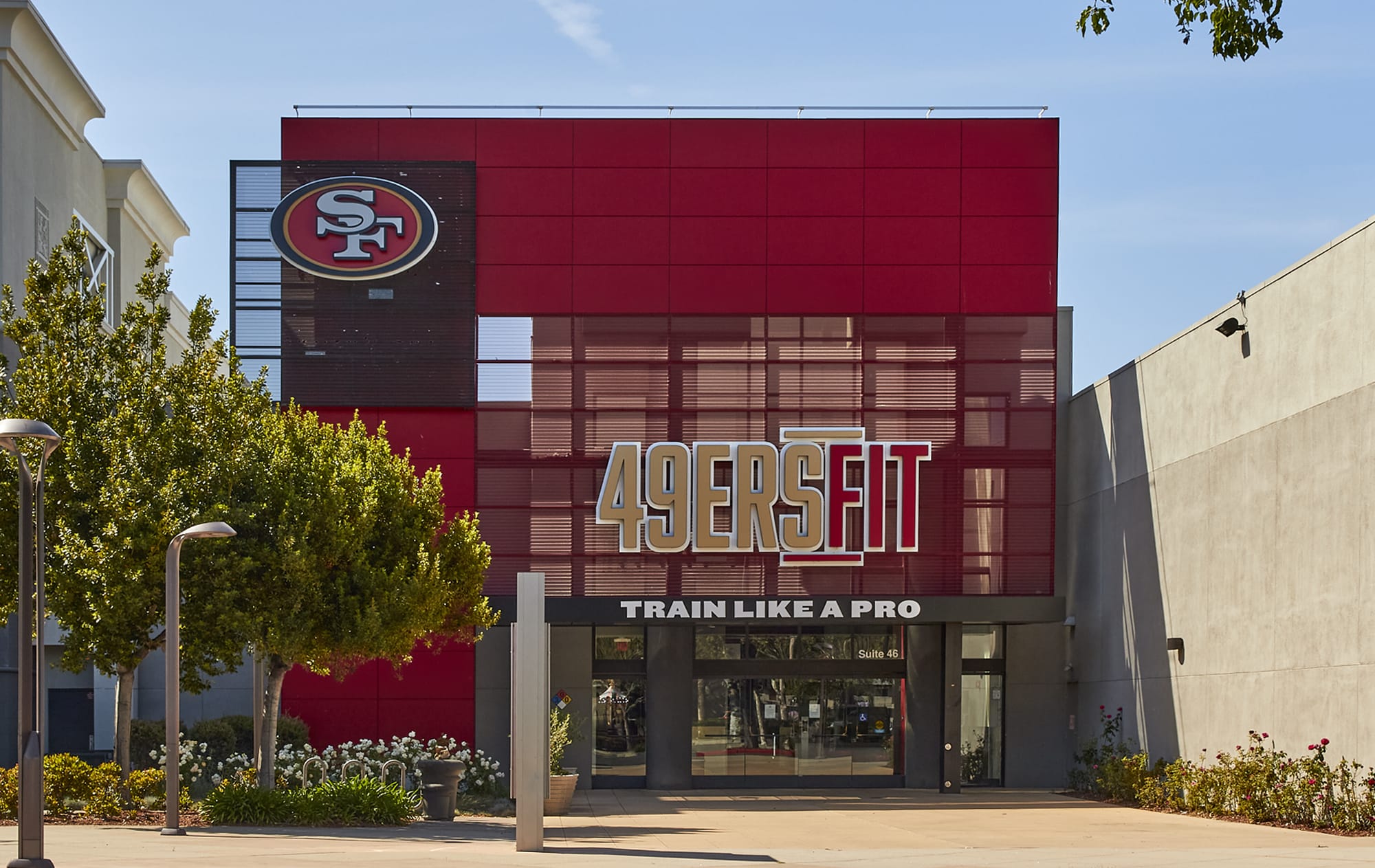
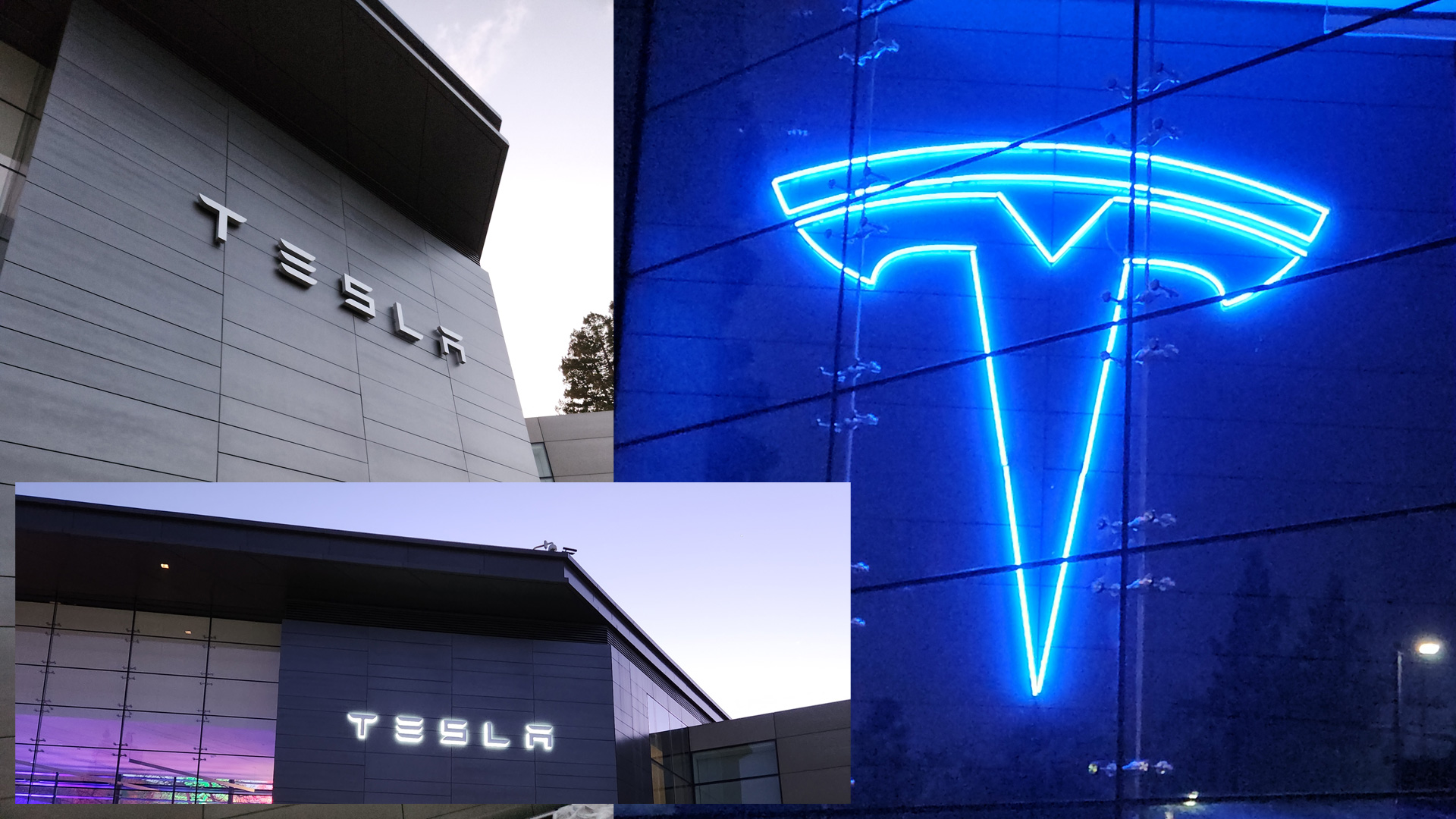
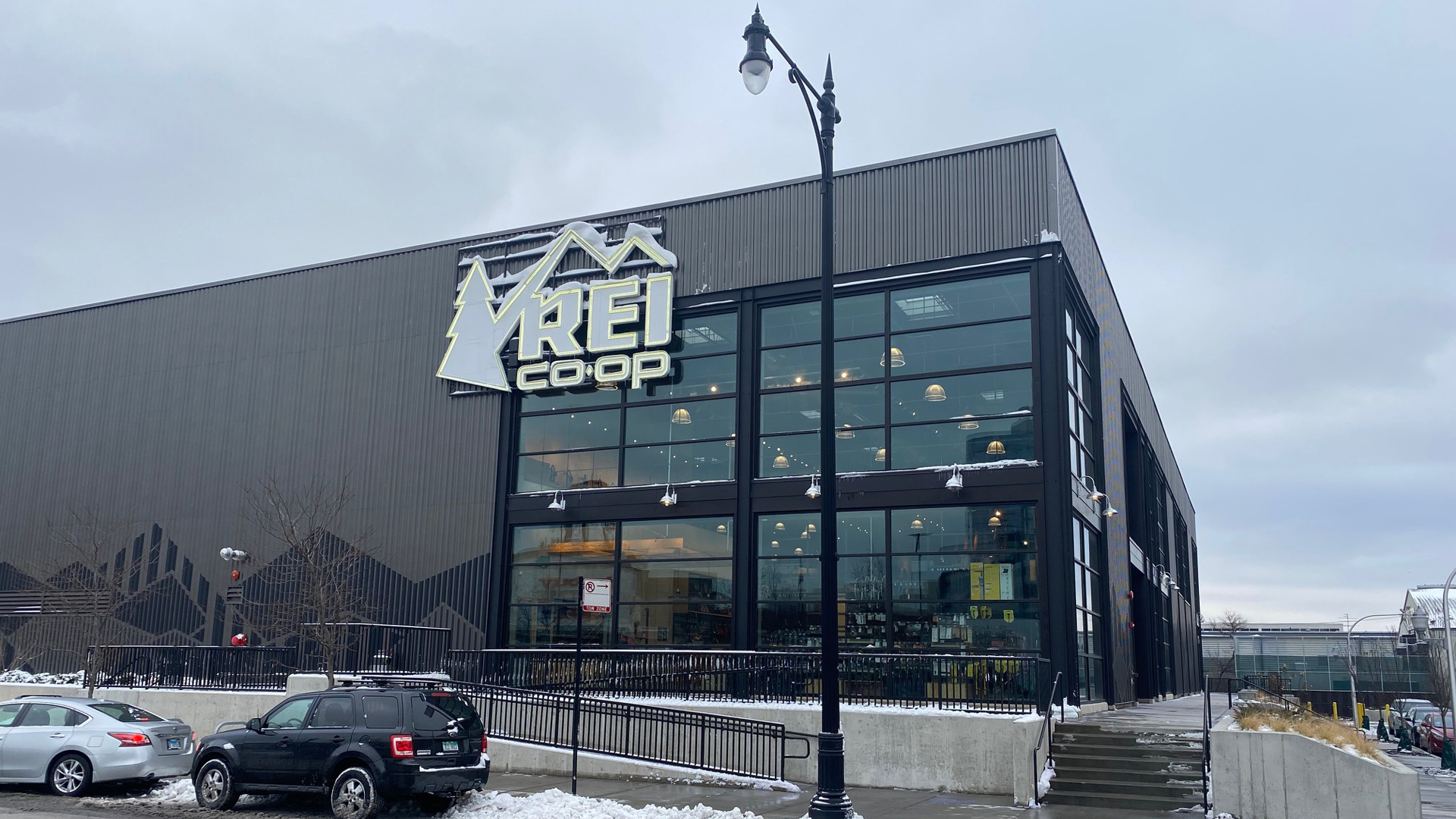
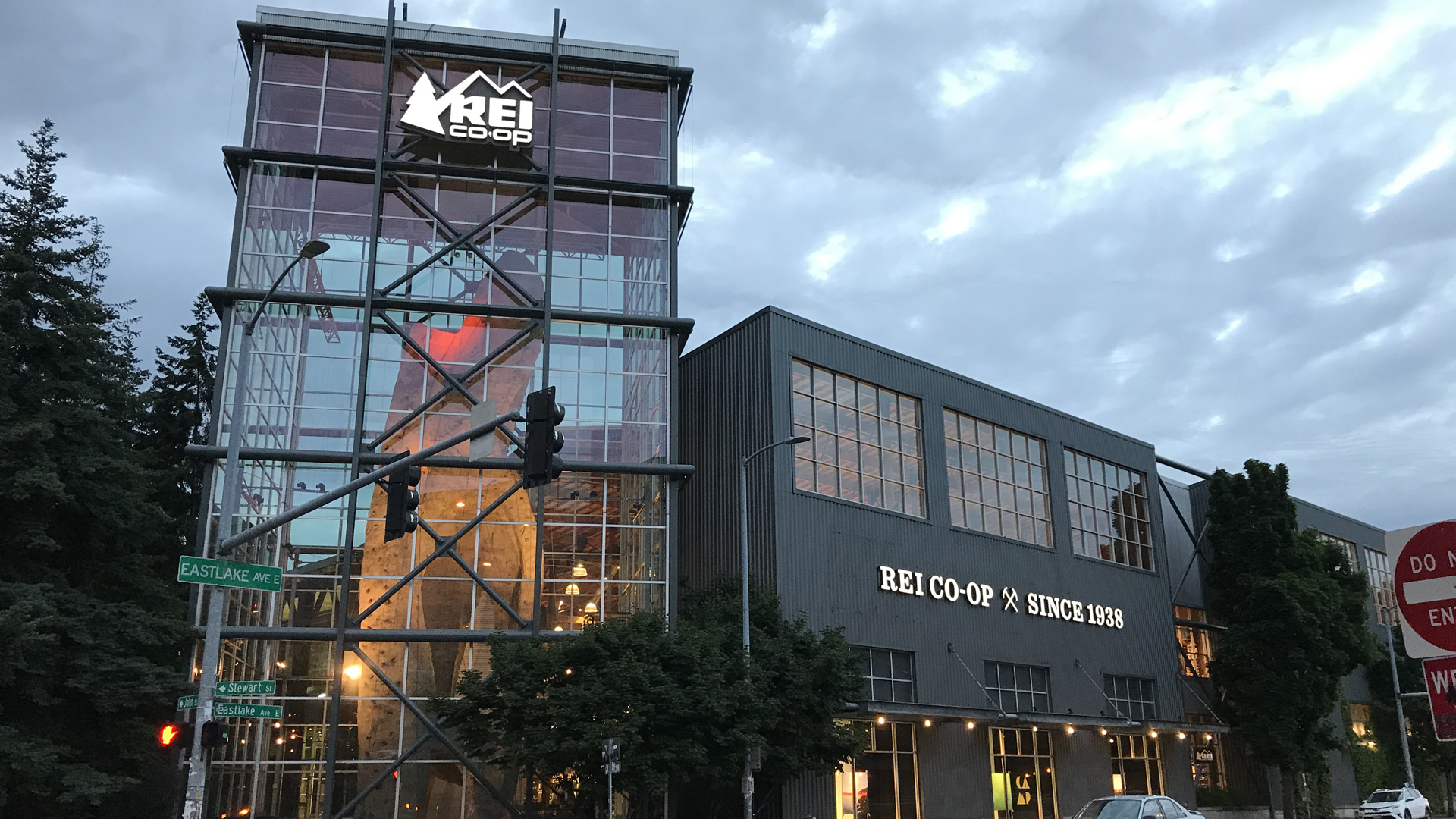
What is a Wall Sign and Why Do I Need One?
A wall sign is a type of sign that is mounted on a wall or other vertical surface to provide information, directions, or advertising. They can be made of a variety of materials, including plastic, metal, wood, and glass, and can be designed in a wide range of sizes, colors, and styles.
You may need a wall sign for a variety of reasons, depending on your specific situation. For example, if you own a business, you might use wall signs to advertise your products or services, provide directions to customers, or identify different areas of your facility. Wall signs can also be used in public spaces, such as hospitals, schools, and government buildings, to provide important information and directions to visitors. In general, wall signs are an effective way to communicate important messages and information to people in a clear and concise manner. Custom wall signs can be designed to match your specific needs and preferences, whether you are looking for a highly visible outdoor sign or a subtle indoor display.
Why choose this sign type over another and under what circumstances?
Here are some reasons why you might choose wall signs over another type of sign:
- Visibility: Wall signs are often mounted at eye level and in prominent locations, making them more visible to people than signs mounted at ground level or higher up.
- Durability: Wall signs are often made of durable materials that can withstand exposure to the elements, such as rain, wind, and sun. This makes them a good choice for outdoor signage.
- Flexibility: Wall signs can be designed in a variety of sizes, shapes, and colors, making them a flexible option for displaying information in a way that matches your brand or desired aesthetic.
- Cost-effectiveness: Depending on the size and design of the sign, wall signs can be a cost-effective option for displaying information or advertising your business.
- Compliance: Depending on your industry or location, there may be specific regulations or requirements for the types of signs that can be used. Wall signs may be the preferred option in these situations.
Here are some examples where wall signs are a good choice:
- Directing traffic flow: Wall signs can be used to direct people to specific locations, such as exits, restrooms, or offices.
- Advertising: Wall signs can be used to promote products or services, or to raise brand awareness.
- Safety information: Wall signs can be used to display safety information, such as warnings about hazards or emergency procedures.
- Branding: Wall signs can be used to reinforce your brand identity by displaying your logo or company name.
Different Types of Custom Wall Signs
- Vinyl Wall Decals: These are custom-designed vinyl stickers that can be applied to walls and other surfaces to display text, logos, and other graphics.
- Acrylic Signs: These signs are made of acrylic material and can be used for indoor or outdoor applications. They can be printed with custom designs, and can be illuminated for increased visibility.
- Aluminum Signs: These signs are made of lightweight aluminum and are commonly used for outdoor signage. They can be printed with custom designs and are highly durable.
- Wooden Signs: These signs are made of wood and can be designed to match a rustic or natural aesthetic. They are commonly used in settings such as lodges, cabins, or other outdoor-themed establishments.
- LED Signs: These signs use LED lights to display custom text and graphics. They are highly visible and can be designed in a variety of shapes and sizes.
- Dimensional Letters: These signs are made of individual letters that are mounted onto a wall or other surface. They can be made of materials such as metal, plastic, or foam, and can be designed in a variety of fonts and styles.
- Fabric Banners: These signs are made of fabric material and can be printed with custom designs. They are commonly used for indoor applications, such as trade shows or conferences.
How Ad Art Does Wall Signs
Ad Art is all about value. We strive to be cost effective in everything we do so that every penny spent will bring optimal return on investment. Ad Art is known for creativity and innovation that helps set each customer’s sign apart from “ordinary” static signage. Quality, durability, and reliability are hallmarks of our products, which drives us to take pride in our work. We look good when our customers look good.
Ad Art follows best practices to when designing and constructing wall signs, such as:
- Keep it Simple: Your sign should convey its message in a clear and concise manner. Ad Art will avoid using too much text or complex graphics, which can make your sign difficult to read and understand.
- Choose the Right Colors: Ad Art will use colors that are easy to read and contrast well with the background. High-contrast color combinations such as black and white or yellow and black are typically the easiest to read from a distance.
- Use High-Quality Materials: Ad Art will use high-quality materials that are durable and weather-resistant. This will help ensure that your sign lasts as long as possible and continues to look good over time.
- Ensure Visibility: Ad Art will consider the location of your sign and make sure it is visible from the intended audience’s viewpoint. This may require considering factors such as lighting and height.
- Follow Regulations: Ad Art will make sure your sign complies with any local regulations or guidelines for signage. This may include restrictions on size, placement, or lighting.
- Consider Accessibility: Ad Art will make sure your sign is accessible to everyone, including those with disabilities. This may require following guidelines for font size, contrast, and placement.
Ad Art’s experience empowers them to create a custom wall sign that effectively communicates your message and makes a lasting impression on your audience.
The Process:
First, we determine the needs of the business to ensure a pylon sign is the appropriate choice. If so, we then establish design requirements with the customer. After that, we select the basic elements of the sign that meet design requirements. These include:
- Letters
- Logos
- Illumination
- Electronic displays (LED screens)
- Dynamic lighting or animated lighting effects
- Structure and shape
- Materials and finishes
